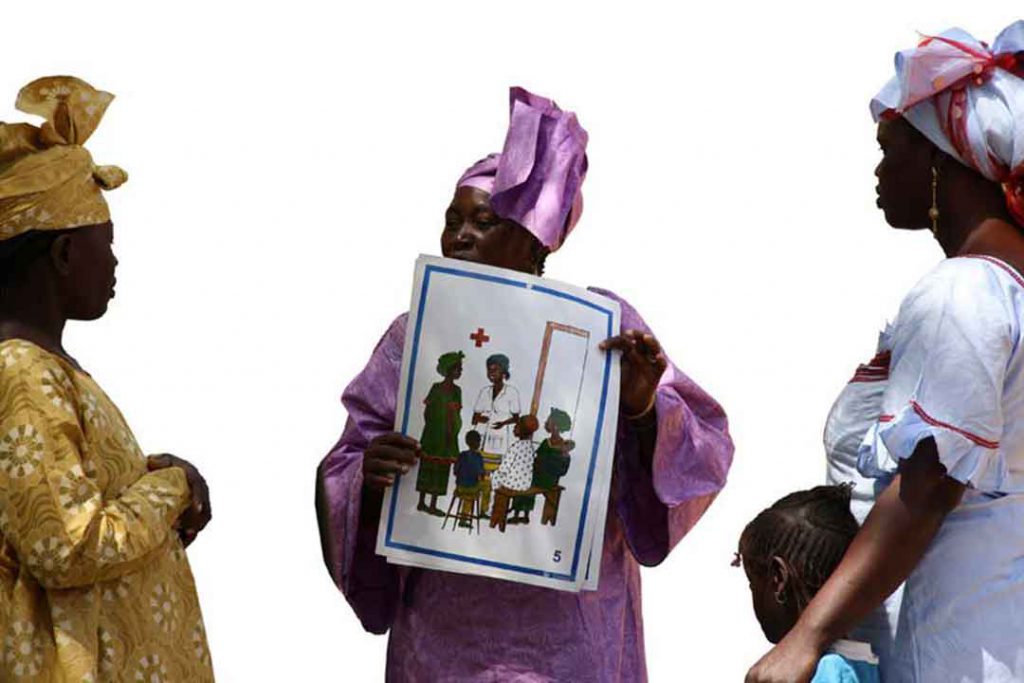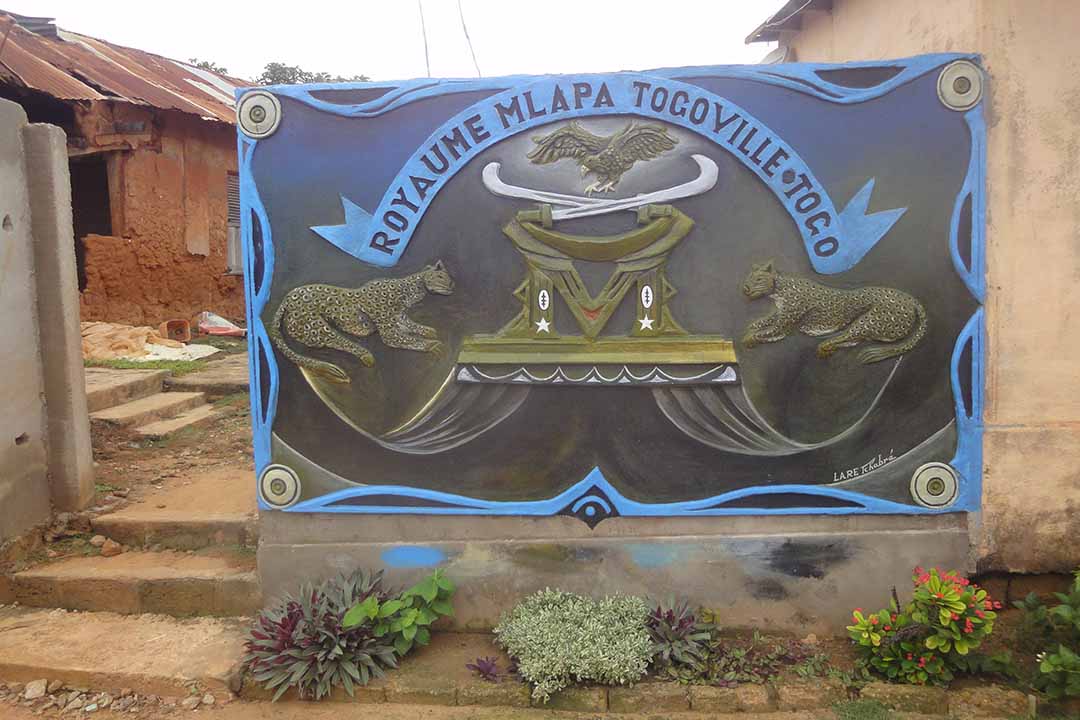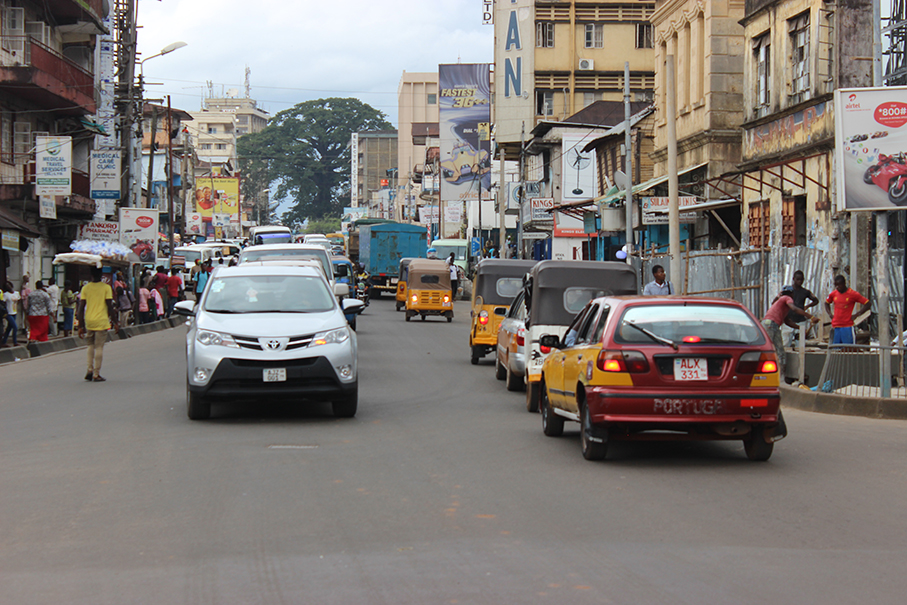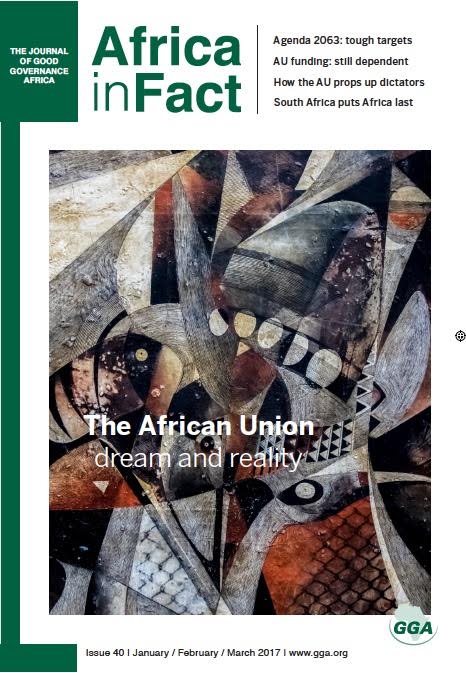
Despite conflicting legislation, the practices of female genital mutilation and child marriage are on the wane as a result of the AU’s continental approach to eradicating them
More than 700 million women and girls alive today were married before their 18th birthday. At least 17% of them, or 125 million, live in Africa. Many more are victims of female genital mutilation. These numbers would be much higher were it not for a continental approach to tackling the issue. Africa’s success in tackling child marriage and female genital mutilation lies in its policy, best practice and programmes.
The African Union’s (AU) Agenda 2063 calls for Africa to achieve gender parity in public and private institutions, and the removal of all forms of gender discrimination in the social, cultural, economic and political spheres. As part of this, it wants to mobilise a concerted drive across the continent to end child marriage, female genital mutilation and other cultural and social practices that discriminate against women and girls.
Some African countries began tackling the issue long before the AU adopted a landmark Common African Position (CAP) on ending child marriage at its 25th Ordinary Summit in South Africa in June 2015. The agreement urged members to adopt and implement comprehensive action plans and strategies to end child marriage, and establish and enforce laws and policies that set the minimum age for marriage at 18. Recognising child marriage as a human rights violation, it called on AU member states to ensure access to health services for survivors.
Human Rights Watch World Report 2016’s investigations in countries including Malawi, South Sudan, Tanzania and Zimbabwe, found that early marriage has lifelong consequences for women’s education and health. The report notes that child marriage is fuelled by poverty and gender inequality.
James Elder, regional communications chief at the United Nations Children’s Fund (Unicef), says, “The prevalence of child marriage has been slowly declining in Africa, but remains higher than the global average. If current trends continue, by 2050, almost half of the world’s child brides will be African.”
The AU’s campaign to end child marriage in Africa, now extended to 2017, was launched a year before the adoption of CAP, and encourages African governments to address the harmful effects of child marriage. Since the launch of the campaign the AU has — with support from Unicef, the United Nations Population Fund and Save the Children, among others — hosted capacity- building workshops for representatives from governments, communities and civil society across the continent to speed up eradicating the practice.
Over the last three decades, worldwide and in Africa, there has been an overall decline in the prevalence of female genital mutilation and cutting (FGM/C) and child marriage. In 2012, the United Nations’ General Assembly called on the international community to intensify efforts to end the practice. The organisation’s Sustainable Development Goal 5 — gender equality — includes a target to eliminate all harmful practices, such as child, early, and forced marriage and FGM/C, by the year 2030. These steps signify international political will to deal with the issue.
Indeed, there have been dramatic successes. Between 1980 and 2010, the prevalence of FGM/C among girls aged between 15 and 19 dropped from 89% to 58% in Burkino Faso, Unicef reports. In Egypt, it dropped from 97% in 1985 to 70% in 2015. In Liberia, the prevalence dropped from 72% in 1983 to 31% in 2013. Kenya and Togo had 41% and 10% prevalence in 1984, but two decades later these had dropped to 11% and 2% respectively. Overall, FGM/C has dropped from 51% in 1985 to 37% today.
“I am seeing real progress,” says Dr Isatou Touray, executive director at the Gambia Committee on Traditional Practices Affecting the Health of Women and Children. This change, she says, is the result of tackling FGM myths and stereotypes with a culturally specific sensitisation approach. “We use traditional communicators — kanyelenuo — to carry very powerful messages to the community.” The organisation also encourages young people to stop the practices when they themselves become parents.
“The African Union’s commitment is useful in that it has brought together different countries through various commitments to raise the issue and try to influence policy,” says Dr Touray. “When it comes to female genital mutilation, the African Union must hold states accountable to respect the obligations they have made in regard to the rights of women and young girls.” She adds that “a lot of laws” are passed, but not always enforced.
Not all countries have made progress and the pace of decline has been uneven. In Somalia, for example, 98% of girls and women aged 15 to 49 years old were found to have undergone FGM/C, while in Guinea, some 97% have been subjected to the practice. Unicef notes that more than half of the estimated 200 million girls and women who have undergone FGM/C live in Egypt, Ethiopia and Indonesia. Given slow declines in FGM and high population growth, the incidence of FGM/C in some countries may rise significantly over the next 15 years.
Doris Mpoumou, Africa advocacy director at Save the Children’s Addis Ababa office, says 39% of the 15 million girls married each year before the age of 18 are from sub-Saharan Africa. (The highest prevalence rate is in Asia at 46%, with 18% in the Middle East and North Africa region.) “Out of the 41 countries worldwide with the highest prevalence rate of 30% or more, 30 are from Africa. “With 76% of girls married before the age of 18, Niger has the highest prevalence rate in the world,” said Mpoumou.
Progress has been focused on policy and legislative reforms, but Mpoumou argues that a holistic approach has to be central to national strategies on the continent. This would include access to quality education, especially for girls; communities’ access to essential services including sexual and reproductive health information and education; strengthening protection from gender- based violence, abuse and exploitation; and efforts to improve parental and community engagement.
But there are real challenges. “Girls and boys do not have equal value nor do they enjoy equal rights de facto in society, especially where child marriage is practised. [In] Burkina Faso and Niger … we found out that parents married their children primarily because they want to prevent any shame [or] dishonour a pregnant girl could bring on the family,” said Mpoumou. Contradictory laws also need to be tackled. Save the Children notes that the African Charter on the Rights and Welfare of the Child defines a child as any human being under the age of 18.
“Nearly all countries with [a] high prevalence rate have ratified the African Charter. Yet in many countries the legal age of marriage for girls is between 15 and 16, definitely below the age of 18,” she notes. The single most important step any government should take if it is serious about ending child marriage would be to ensure that the legal age of marriage is 18 and enforce this, she argues.
Across Africa, there is still a gap between policy and legislation and social and cultural practices. If the AU and other stakeholders are to close that gap by 2020, they will need to roll out strong programmes and accountability mechanisms that share good practices at community, national and continental levels.
Paula Fray is a leading media trainer and coach who works across Africa and the Middle East. The former regional director for Inter Press Service Africa, she is the CEO of the pan-African communications company frayintermedia, which has worked to improve the quality of journalism in Africa since 2005.













